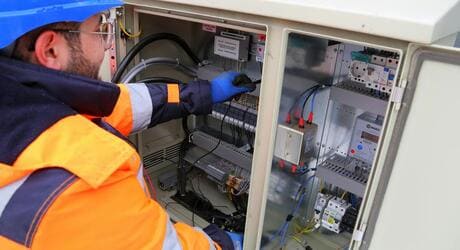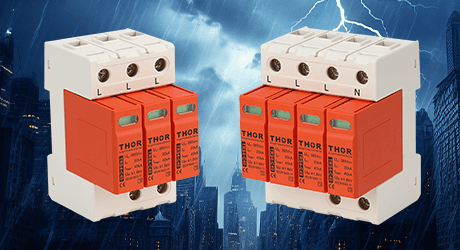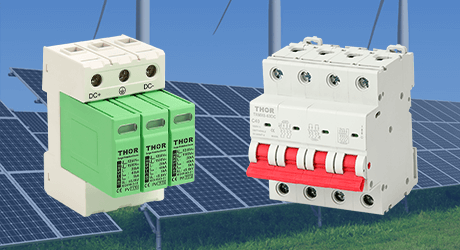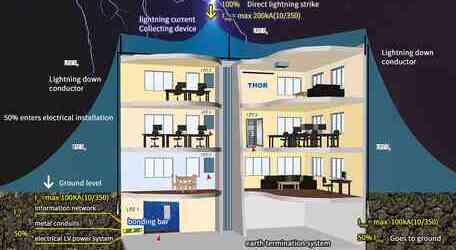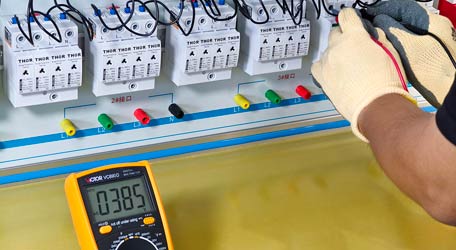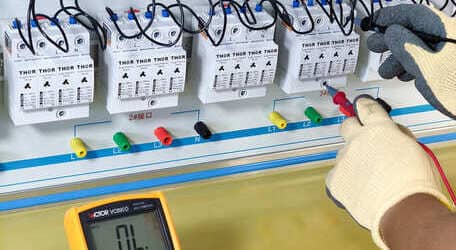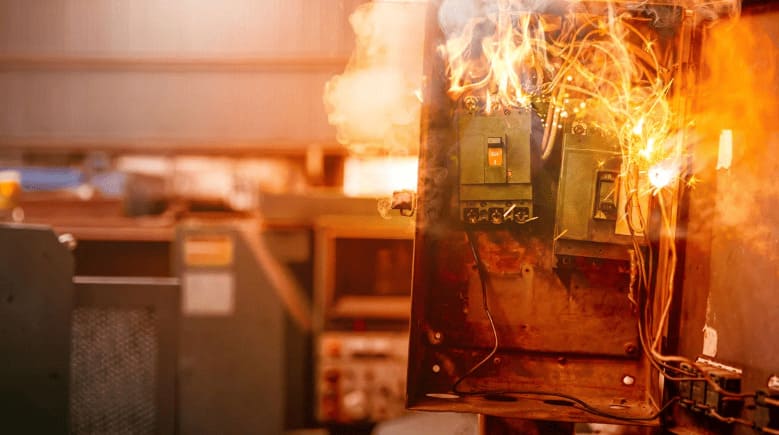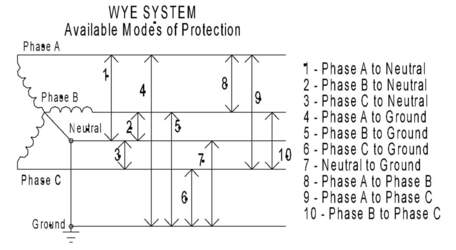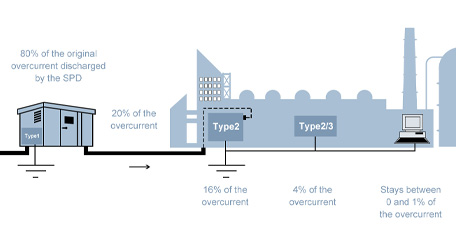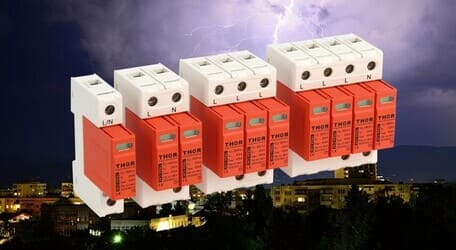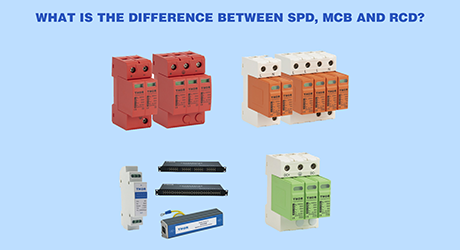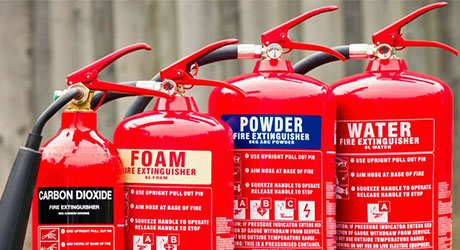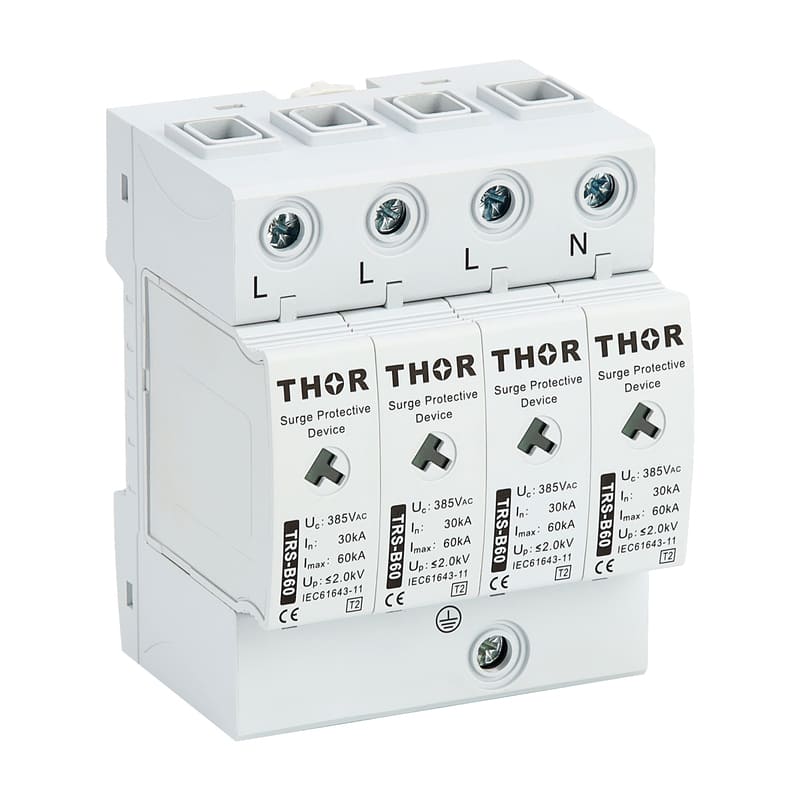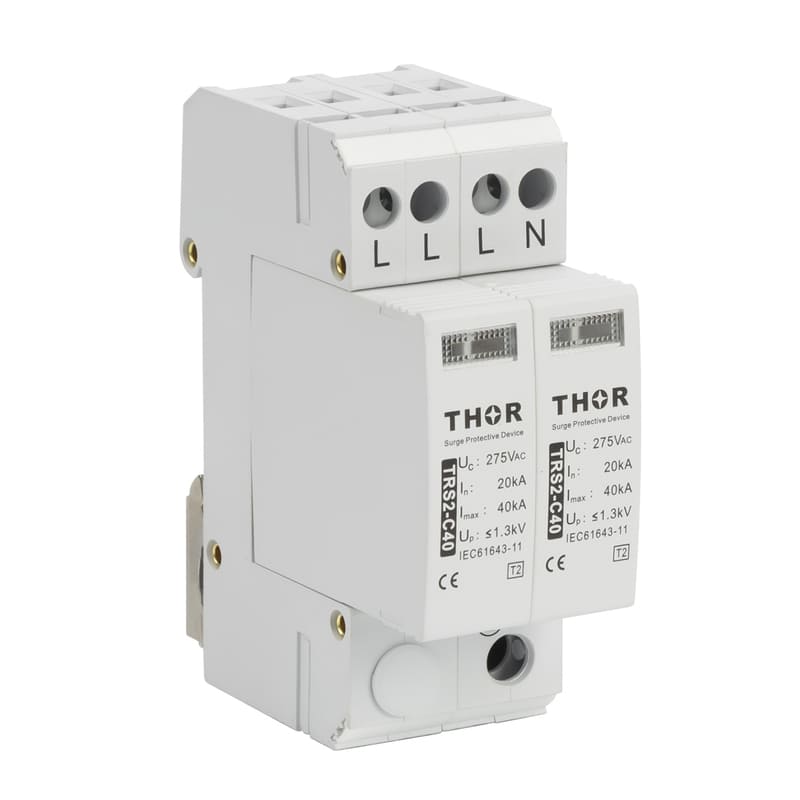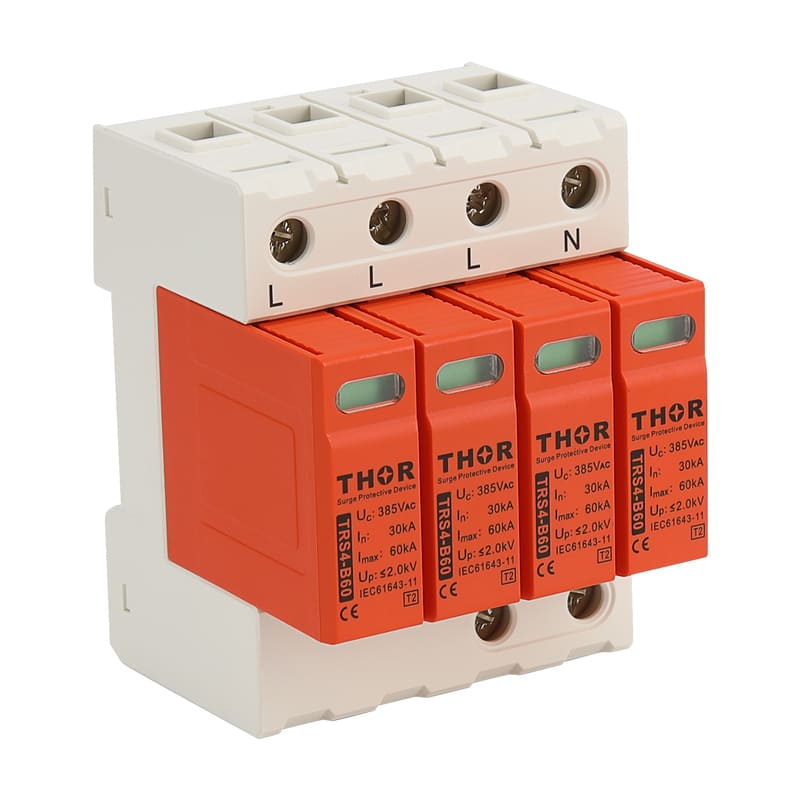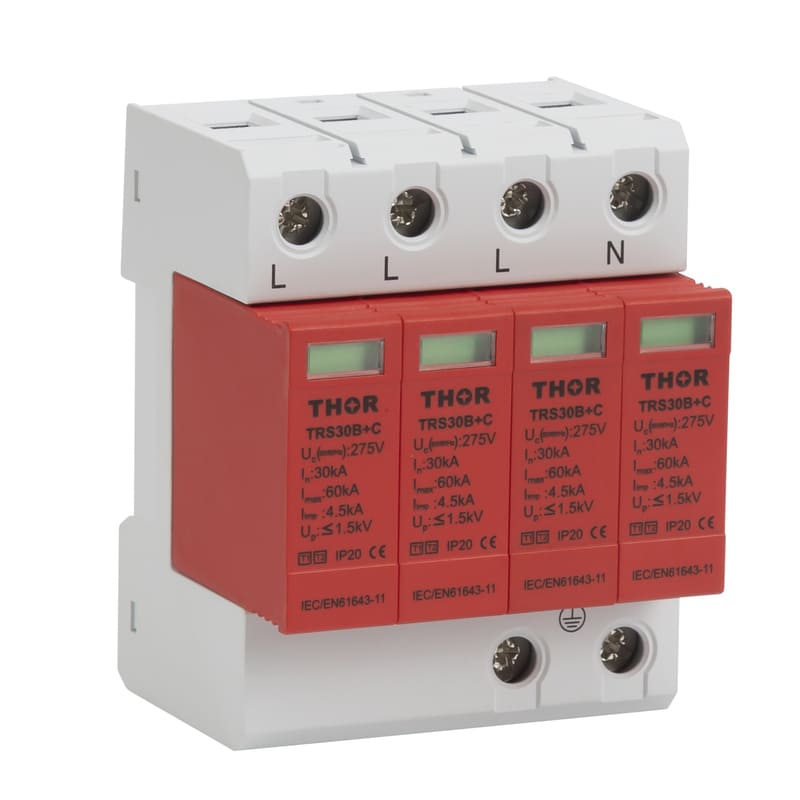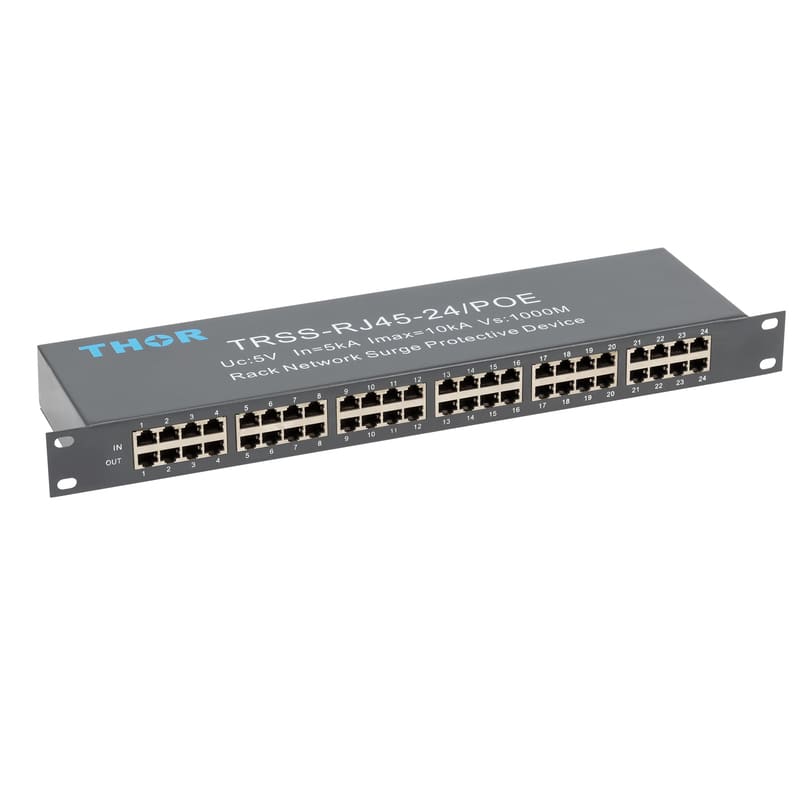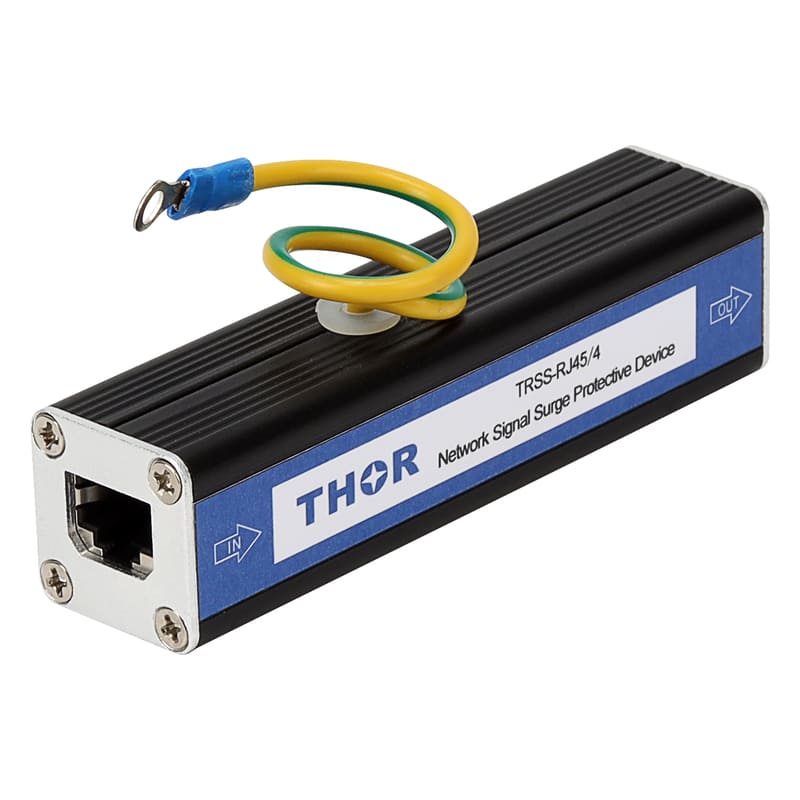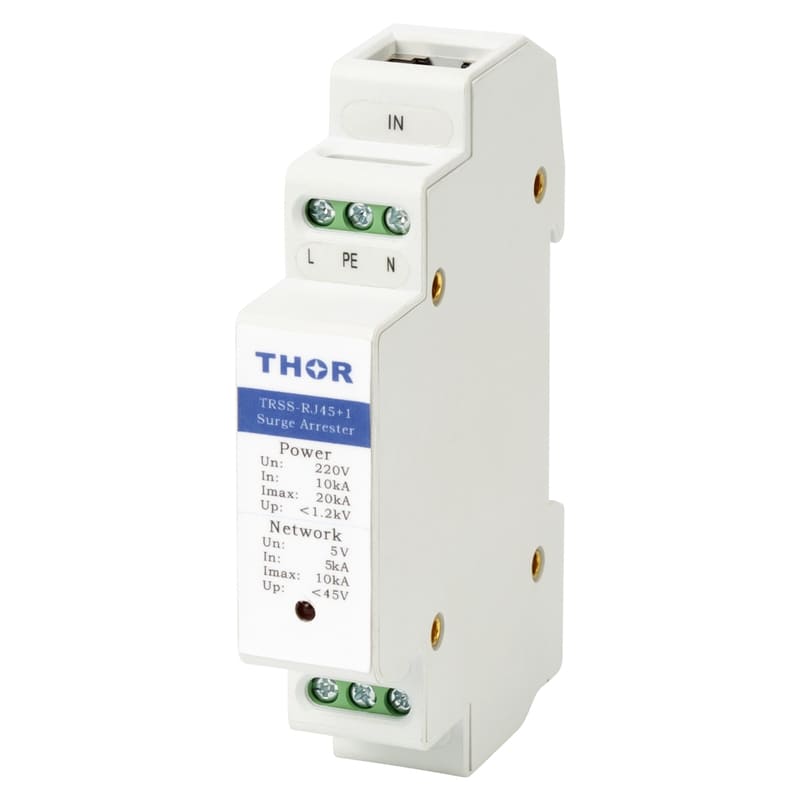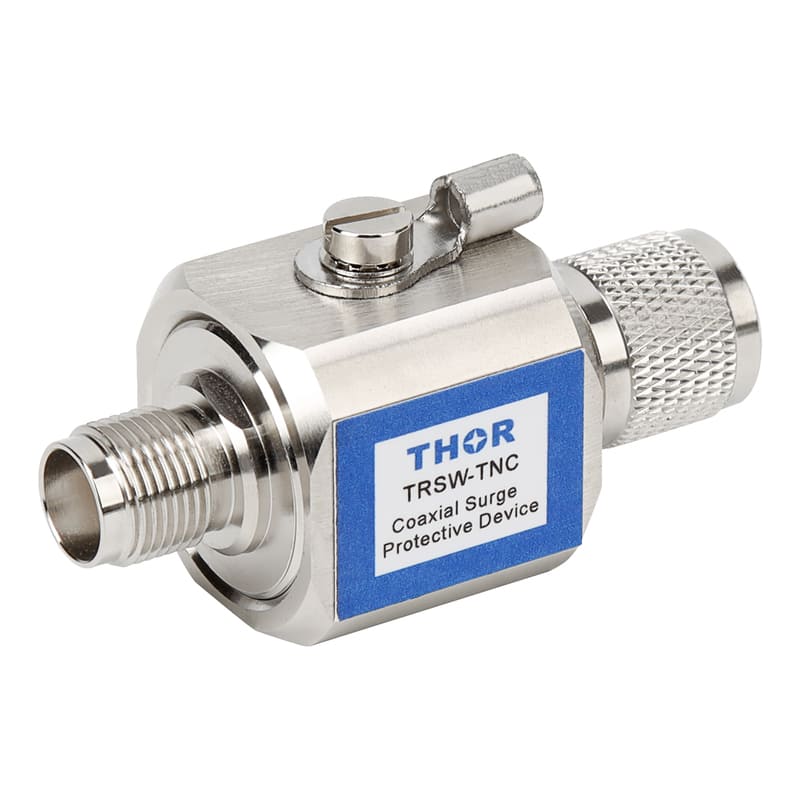Anti-corrosion treatment in lightning protection engineering
Anti-corrosion treatment is an important process in lightning protection engineering. The air-termination devices exposed to the air, the down conductors and metal connecting parts, and the metal grounding devices buried in the soil all face corrosion problems. In some cases where the atmospheric environment and soil environment are harsh, the effective life of the lightning protection device will be greatly reduced, which affects the safe operation of the lightning protection device. The external environment for installing lightning protection devices usually cannot be changed, and mainly depends on the properties, processing technology and external measures of the lightning protection engineering materials themselves.
Anodic protection of metal refers to plating a metal material with a lower electrode potential on the surface of a certain metal. In a corrosive environment, the metal material with a lower potential is corroded first to play a protective role, such as plating metal zinc on the surface of steel. Metal cathodic protection refers to plating a corrosion-resistant metal material with high potential on the metal surface, completely covering the low-potential metal in a corrosive environment, and isolating the low-potential metal from corrosive substances, such as steel surface plating copper. Metal surface paint protection has the following methods: industrial enamel, anti-rust paint, electroplating, fire plating, fluoroplastic spraying, glass fiber reinforced plastic resin coating, other corrosion-resistant linings, etc. The development of modern industry has put forward higher requirements on the ability of anti-corrosion coatings to withstand the environment and service life. Coatings for the environment in which they are used, as well as matching coatings including primers and topcoats. In chemical, atmospheric and marine environments, heavy-duty anti-corrosion coatings can be used for more than 10 years; in acid, alkali, salt and solvent media, and under certain temperature corrosion conditions, heavy-duty anti-corrosion coatings can be used for more than 5 years.
Usually, there will be dust, oil, scale, rust, pollutants, salt or loose old paint film attached to the metal surface. Among them, scale is the most common but most easily overlooked part. Oxide scale is a layer of dense oxide layer produced during high-temperature forging and pressing of steel. It is usually attached more firmly, but it is more brittle than steel itself, and it is a cathode, which will accelerate metal corrosion. If these substances are not removed and painted directly, it will inevitably affect the adhesion and anti-corrosion ability of the entire coating. According to statistics, more than 70% of paint problems are caused by improper surface preparation. Therefore, proper surface preparation is critical to the performance of a metal anticorrosion paint system.

